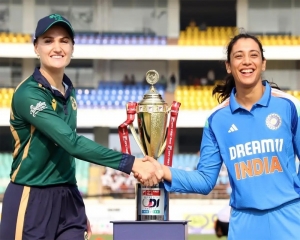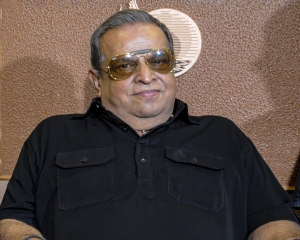Perhaps none of us is aware that one of the world’s most celebrated co-joined twins hail from Odisha. The xiphopagus twins’ cursed oddity was exhibited in the grotesque freak shows of 19th century. Their surgical separation also stoked up much controversy among the medical fraternity of the time.
The much famed “Orissa Twins” made their inroads into the history books on early film making and famous journals of medicines of the Victorian era. The tortuous life journey of the twins encapsulates misery, poverty, schadenfreudistic pleasure and greed.
As per the scantily available media reports, Radica and Doodica Naik belong to Hoapara in the interior Odisha. Most probably, it’s the current village Huapada of Dhenkanal district. The twins were the sixth pregnancy of their parents. They took birth in1888, amidst the dreadful scourge of famines. Needless to say, the deformed kids were an extreme burden on the starving parents.
Fortunately, some local sadhus and a rich tehsildar rescued the girls while their father Ketera Neik (Khetra Naik) was about to cut them into two. The monks named them Radhika and Dudhika(Radica and Doodica). In 1893, Captain Coleman, a showman of london, bought the twins from the parents to exhibit them in Chicago World Fair. However, enroute US they were first exhibited at the Royal Aquarium in london.
Till their death, Coleman and his wife continued to be the guardians of the twins.
Soon considering their rising popularity, the famous Barnum and Bailey Circus used them in their side shows. They were an integral part of the Barnum’s “The Greatest Show on Earth.” It had pocketed quite large bucks through their shows. The “Orissa Twins” or “Hindu twins” became the marquee name in the freak shows. They were often accompanied with a dwarf “Great Peter the small.”
As reported by the influential British Medical Journal on June 3, 1893 “the two little girls, nearly four years old, are apparently perfect in every respect, except that from the ensiform cartilage to the umbilicus they are united together”.
Ads and reports in the magazines and dailies portrayed them as “exceedingly handsome”, ‘Charming’, “Vivacious young ladies.”They were exhibited from city to city by various showmen throughout the length and breadth of Europe and US.
Meanwhile, hostile environment far away from native land and peripatetic nature of the job took a toll on the twin sisters’ health. During their France trip one of the sisters developed TB. Thence, it became an urgency to separate the twins as Dudhica’s health was rapidly deteriorating. Dr Eugene louis Doyen, most famous surgeon of France and a pioneer scientific film maker, did the separation surgery in his private hospital on February 9, 1902. He shot the surgery with the help of two cameramen.
Though initially the operation was called a success, yet after just seven hours Dudhica passed away. later the autopsy report claimed the rupture of tubercular abscess caused her death. Unfortunately, by then Radhika was infected too by TB and she lived the rest of her life in the infamous Paris TB moratorium. She also died after 2 years in 1904.
The twin’s separation surgery film gathered unprecedented level of emotional outpourings. The film was also sold to a local cinema for the shameless gratification of some elite’s sadistic voyeur. Considering the popular ire Dudhika’s body was buried secretly in a nearby grave. Dr Doyen was also denounced for doing the surgery in haste to capture it in one roll of film. The film, la Séparation de Doodica-Radica, was last shown in 1995.

























